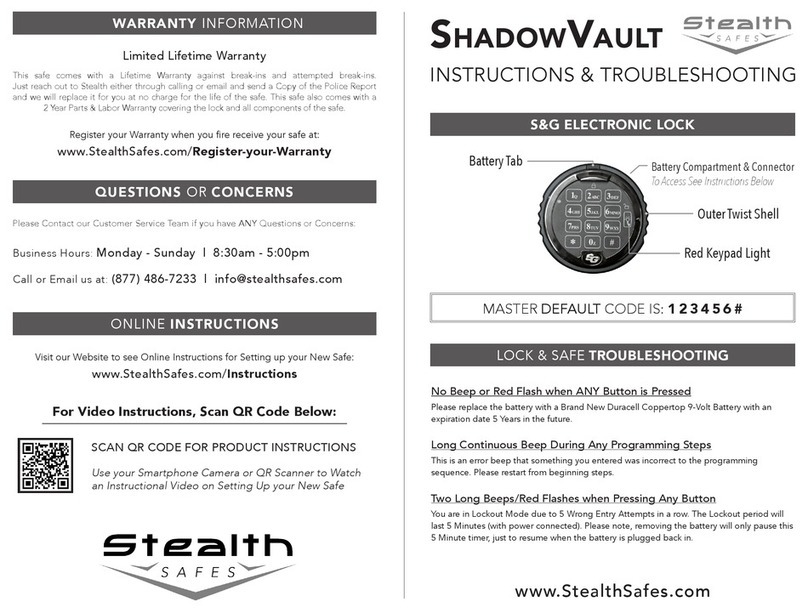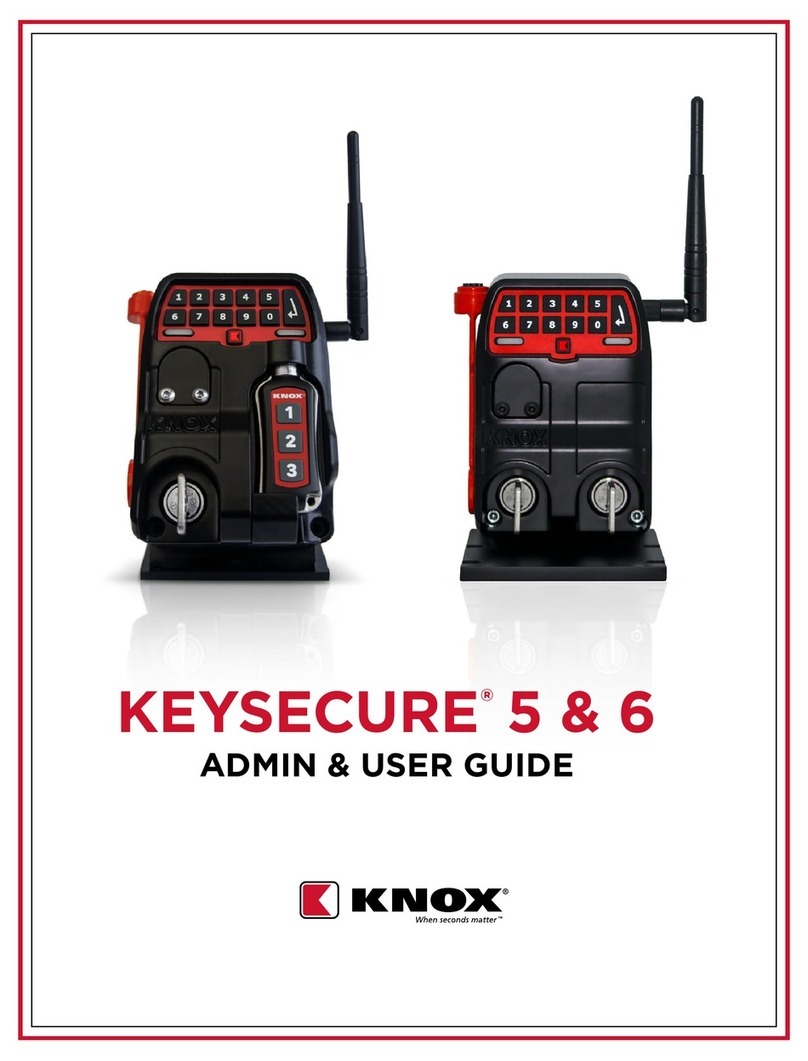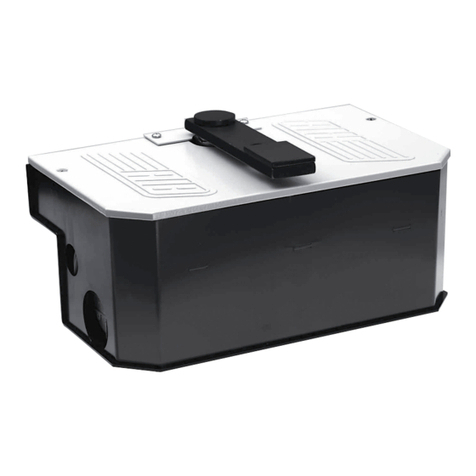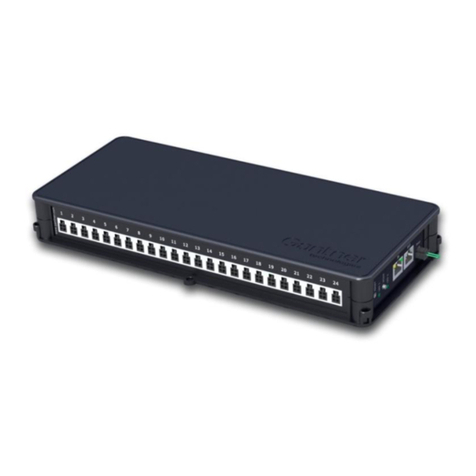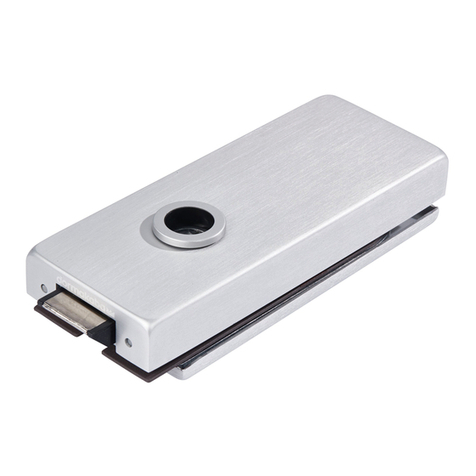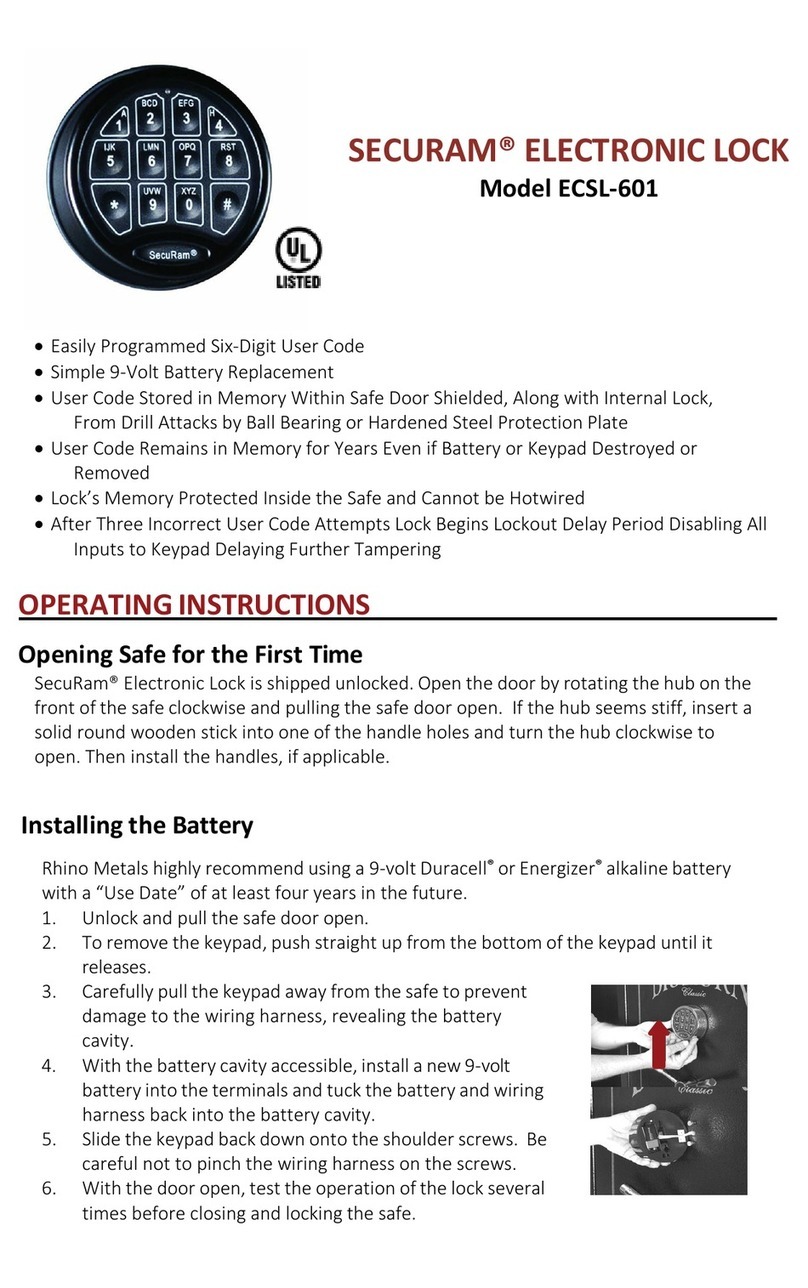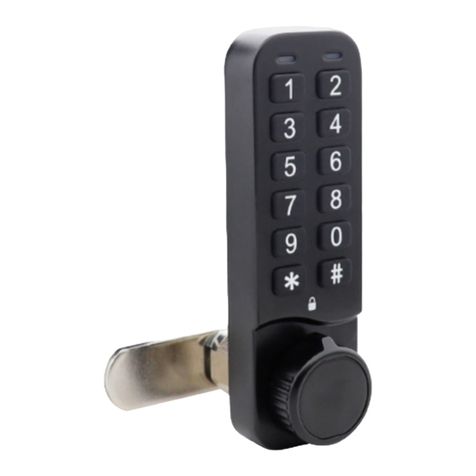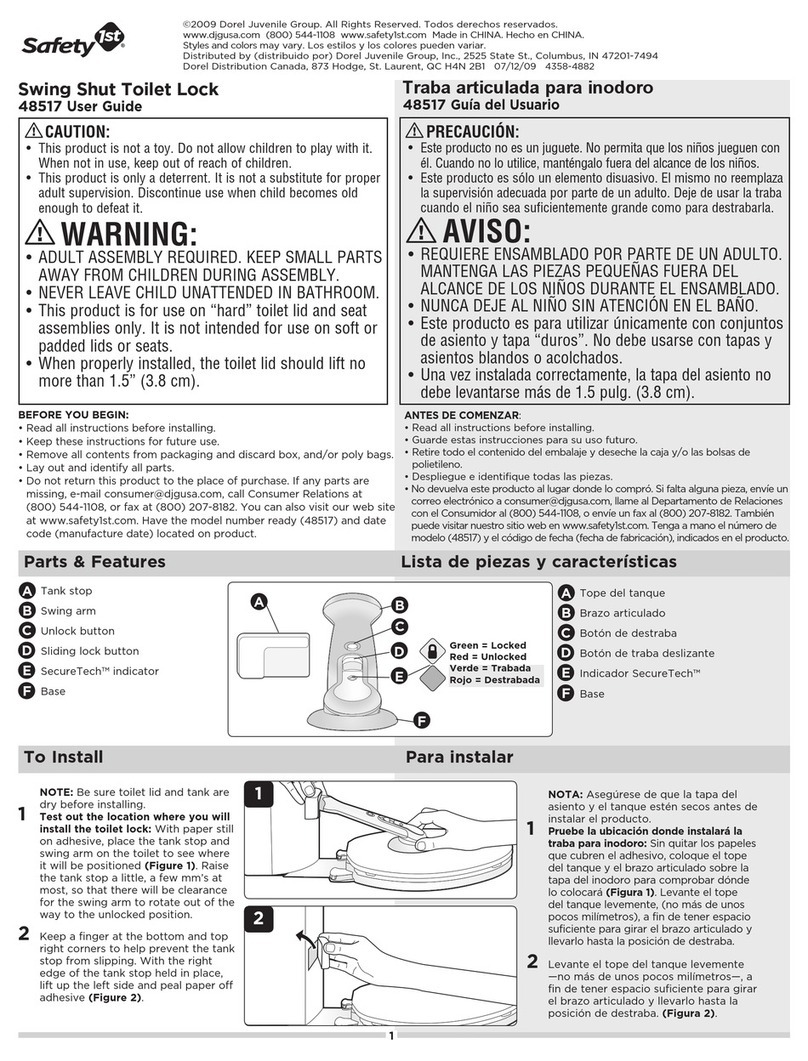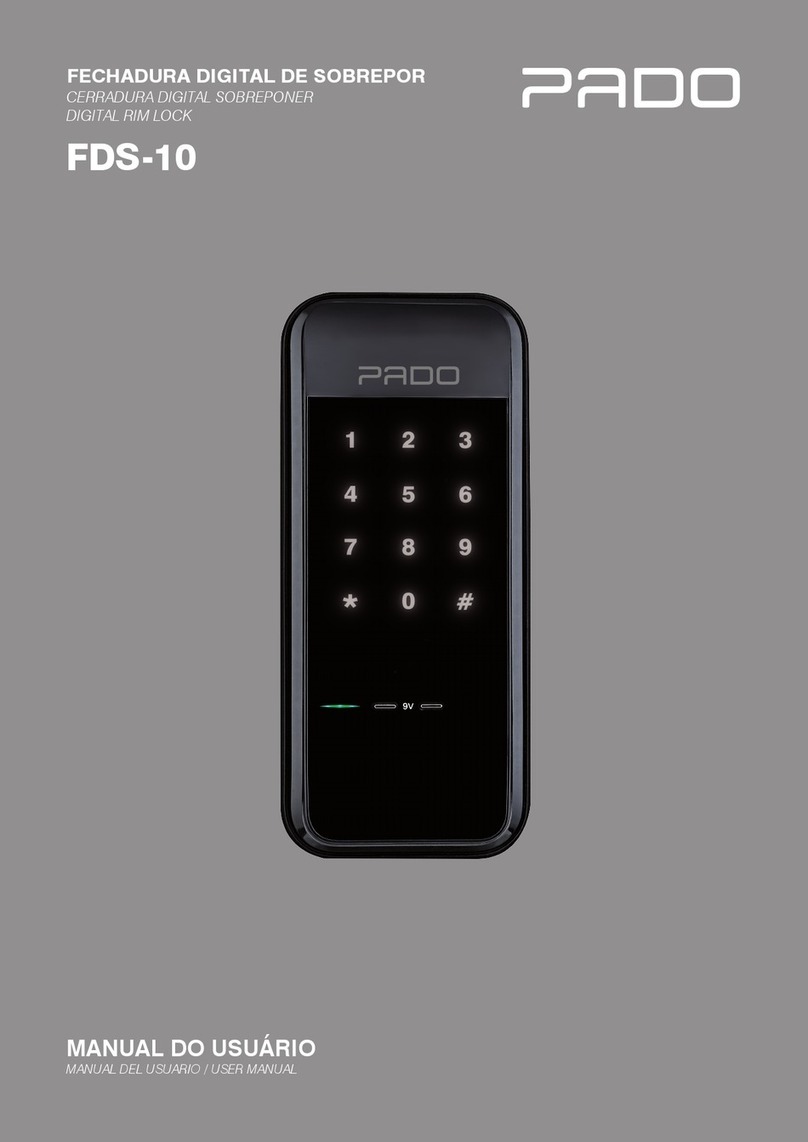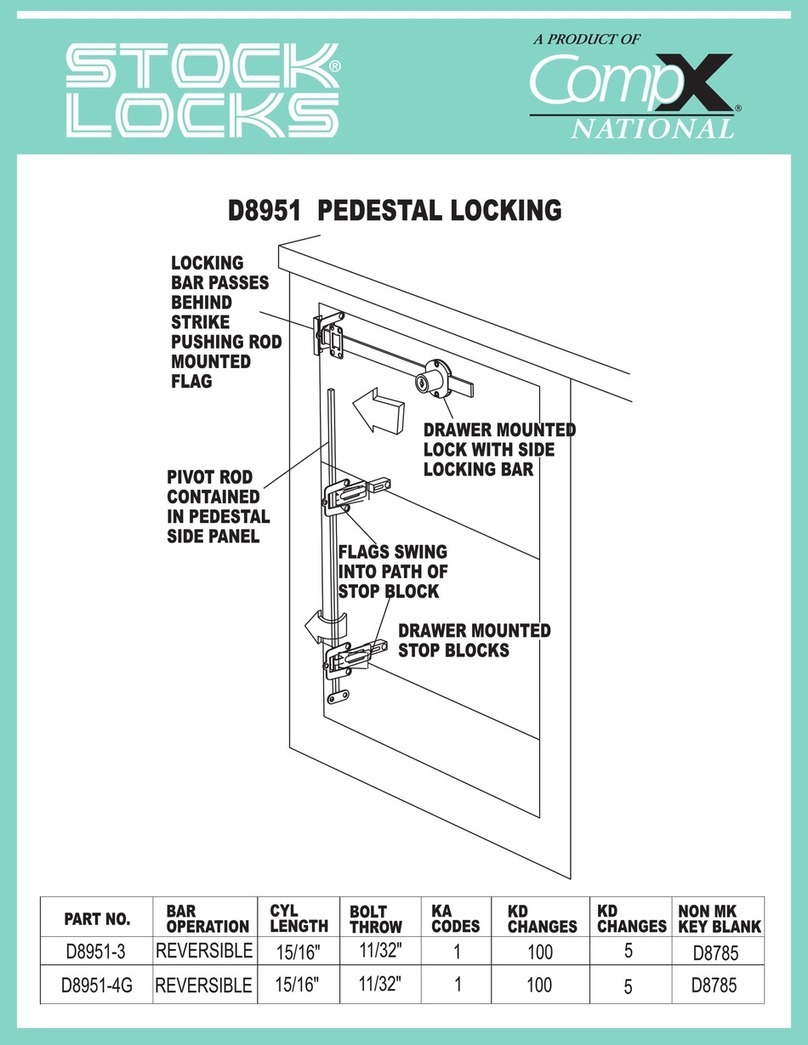
10
FORM NO. L-21699-B-1120
NOTE
For quick response, Nexen recommends a quick
exhaust valve and short air lines between the
Control Valves and the unit. Align the air inlet
ports to a down position to allow condensation
to drain out of the air chambers of the product.
CAUTION
Low air pressure will cause slippage
and damage.
All Nexen pneumatically actuated devices require clean
and dry air, which meet or exceeds ISO 8573.1:2001
Class 4.4.3 quality.
1. Basic Configuration:
Attach a Standard Air Fitting to the Rod Lock. Use
Teflon tape and/or pipe sealant on the threads. This
configuration will have slower response times.
Standard Configuration:
Attach the Quick Exhaust Valve to the Rod Lock. Use
Teflon tape and/or pipe sealant on the threads.
Cable Wire
Color
Valve
24 VDC Valve Pin
DIN Connector
for 964650 (Inch
NFPA Units)
Brown + 1
White - 2
Green Ground Ground
DIN Connector for
964651 (Metric
ISO Units)
Black,Labeled + + 1
Black,Labeled - - 2
Green Ground Ground
Table 3
Optional Solenoid Valve Specifications
Ports Part # Voltage Power Resistance Current Cv
English 964650 24 VDC 4 W 145 ohms .17 A .25
Metric 964651 24 VDC 4.8 W 120 ohms .20 A .915
DANGER
Support the load before disengaging the
Rod Lock. Failure to support the load
could result in serious bodily injury.
24 VDC valve connector has a
suppression diode installed across the
coil. Observe proper voltage polarity or
connector damage will result.
FIGURE 7 Optional Solenoid Valve #964651 (Metric Units)
Exhaust
Silencer
To Quick Exhaust, Brake
Air Supply
Tube Fitting
Manual Override*
(English Units)
DIN
Connector Lead Wires
1/8 NPT (English Units)
1/8 BSPT (Metric Units)
- 1/4” O.D. Tube
(English Units)
- 6mm O.D. Tube
(Metric Units)
Manual Override*
(Metric Units)
The Rod Lock will disengage if you
depress the domed button at the top
of the Solenoid Valve (if air pressure
is applied). The LED will illuminate
when the Solenoid Valve is actuated
and the Rod Lock is disengaged.
With Optional Solenoid:
Mount the optional Solenoid Valve directly to the Rod
Lock using supplied fittings. Use Teflon tape and/or pipe
sealant on the threads. If the optional Solenoid Valve isn't
mounted directly to the Rod Lock, it is recommended
to mount a Quick Exhaust Valve near the Rod Lock
for better brake response times. Refer to Figure 7.
Table 2
NOTE: Align the air inlet ports in the down position to
allow condensation to drain out of the air chamber.
2. Attach the air supply line to the air inlet, the quick
exhaust valve, or the solenoid valve, depending on
configuration selected in Step 1.
3. If using optional solenoid valve, attach DIN Connector
cable to valve by pressing DIN Connector onto valve
power pins and tightening DIN Connector fastener.
Then connect DIN Connector cable wires, using Table
2, to the appropriate power supply, see Table 3.
Optional Solenoid Valve #964650 (English Units)
Quick Exhaust Valves Air Pressure Ratings:
8 Bar [120 PSIG] Max (All Q.E. Valves)
0 Bar [0 PSIG] Min (English Q.E. Valve)
3 Bar [44 PSIG] Min (Metric Q.E. Valve)
Fittings are
configured
differently
on Metric
Solenoid
Valve.
See Sales
Drawing.
Rod Lock Unit Size Quick Exhaust Valve
Part Number
Size 150-, 200- & 250-
NFPA Inch Units 945100 (.125-27 NPT)
Size 032-, 040-, 050- & 063-
Metric ISO Units 945127 (.125-28 BSPP)
Size 325-, 400-, 500-, 600- & 800-
NFPA Inch Units 945125 (.250-18 NPT)
Size 080-, 100- & 125-
Metric ISO Units 945128 (.250-19 BSPP)
BSPP ports accept BSPP or BSPT fittings of the same size.
ISO-G and BSPP are the same thing.
*
ROD LOCK AIR CONNECTIONS (Does not apply to customer cylinder)
The Nexen Rod Lock is equipped with a NPTF or BSPP
(ISO-G) port for the air inlet. Route clean air, using soft or
hard lines, supplying at least 4.1 bar [60 psi] to facilitate
full disengagement.
NOTE: Install the valve in close proximity to the Rod
Lock unit for faster engagement and disengagement.
Higher air pressures will also speed the disengagement
time, but do not exceed 8.0 bar [120 psi] air pressure.
The Nexen Rod Lock is equipped with a port for the internal
vent (filters are included with most models). If the air quality
around the application is poor, route the vent of the Rod
Lock to a more suitable area, or use a filtered breather.
Contact Nexen for available components.
NOTE: Clean air is important for proper Rod Lock
functioning. Debris inside the Rod Lock may inhibit
performance and/or shorten the life of the product.

